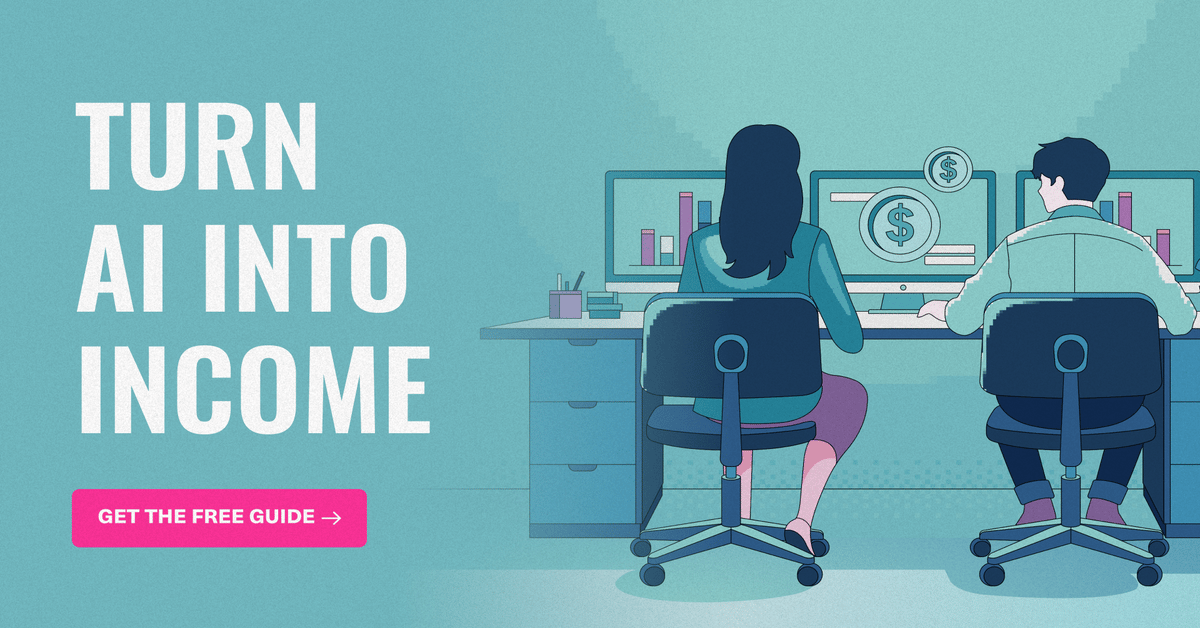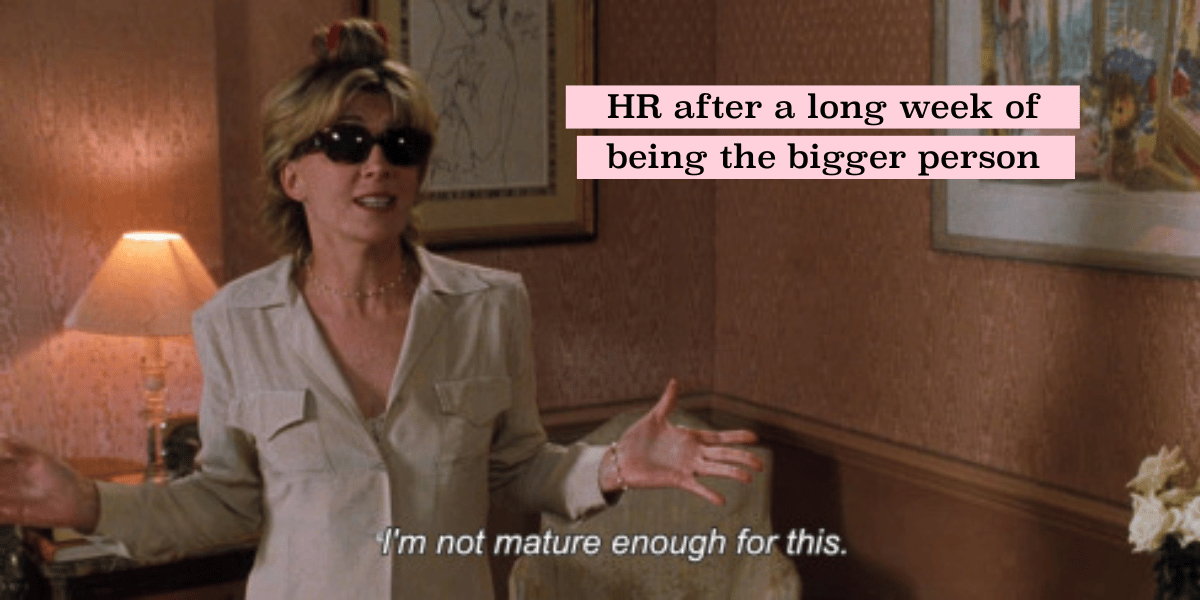- AtlasMoth Newsletter
- Posts
- All About UX: Part 1
All About UX: Part 1

Turn AI Into Your Income Stream
The AI economy is booming, and smart entrepreneurs are already profiting. Subscribe to Mindstream and get instant access to 200+ proven strategies to monetize AI tools like ChatGPT, Midjourney, and more. From content creation to automation services, discover actionable ways to build your AI-powered income. No coding required, just practical strategies that work.
Hey, it’s Kushagra. Welcome to this week’s AtlasMoth drop.
Waiting is strange. Three minutes in an elevator feels eternal, but three hours on Netflix? Gone in a blink.
The clock doesn’t decide that design does.
Ever opened a food delivery app every 30 seconds to check if your fries have crossed the street yet?
Or stared at the little Uber car icon like it’s a live-action drama?
That restless itch isn’t impatience. It’s an experience that’s been designed.
When users wait in your product what’s the hardest part to design well? |
💬 Building for people beyond borders? Book a call to explore more
Vibing While DesigningThis track gave me a serious boost—check out ‘Paradise’ by Sade 🎵 |
Time isn’t measured
We think of time as linear, measurable, impartial.
But in experience design, time bends.
It speeds up when we’re immersed, slows when we’re uncertain, and disappears when we’re delighted.
In the 1980s, airport managers were drowning in complaints about baggage delays.
They made belts faster. Optimized logistics. Still, complaints stayed high.
Then someone noticed: passengers waited only a minute at the carousel, but walked just 30 seconds from gate to belt.
So they made the walk longer.
Complaints dropped to zero.
The total time didn’t change.
The experience of it did.
The invisible choreography of patience
This same trick has shaped the digital world.
Elevator mirrors turned into animated loaders.
Long queues became progress bars.
And idle waiting transformed into “occupied” time with shimmer effects, typing dots, and “your order is being prepared” messages.
Design doesn’t just fill silence; it narrates it.
Because waiting isn’t dead time, it’s an emotional time.
It’s where trust is either built or broken.
The brain’s ticking illusion
Inside your brain, the striatum acts as your internal stopwatch.
It’s powered by dopamine, the same chemical that fuels anticipation and reward.
When dopamine rises, time feels faster. When it drops, seconds drag.
That’s why anticipation feels slow and action feels quick.
Designers use this chemistry wisely.
A progress bar that moves evenly releases dopamine hits that reassure us: it’s happening.
But a blank screen starves the brain of cues. We lose faith, and seconds expand into irritation.

Waiting Feels Worse
Design isn’t about removing waits
The best UX doesn’t promise “no waiting.”
It builds experiences where waiting feels alive, transparent, hopeful, and human.
Learn AI in 5 minutes a day
What’s the secret to staying ahead of the curve in the world of AI? Information. Luckily, you can join 1,000,000+ early adopters reading The Rundown AI — the free newsletter that makes you smarter on AI with just a 5-minute read per day.
The best HR advice comes from those in the trenches. That’s what this is: real-world HR insights delivered in a newsletter from Hebba Youssef, a Chief People Officer who’s been there. Practical, real strategies with a dash of humor. Because HR shouldn’t be thankless—and you shouldn’t be alone in it.
Every shimmer, microcopy, and loading animation is a small kindness, a reminder that we’re not alone in the pause.
Waiting isn’t wasted time.
It’s experienced time.
And when designed with care, it’s not something to endure, it’s something to feel.
30 Minutes Can Save YouGreat design doesn’t happen alone. One session can save you 10+ design iterations later. |
The takeaway
Great design isn’t about adding more.
It’s about making meaning obvious in five seconds or less.
So here’s your challenge this week:
Pick one page from your product and run a 5-second test.
If people can’t explain what it does, you don’t need more polish.
You need more clarity.








Reply